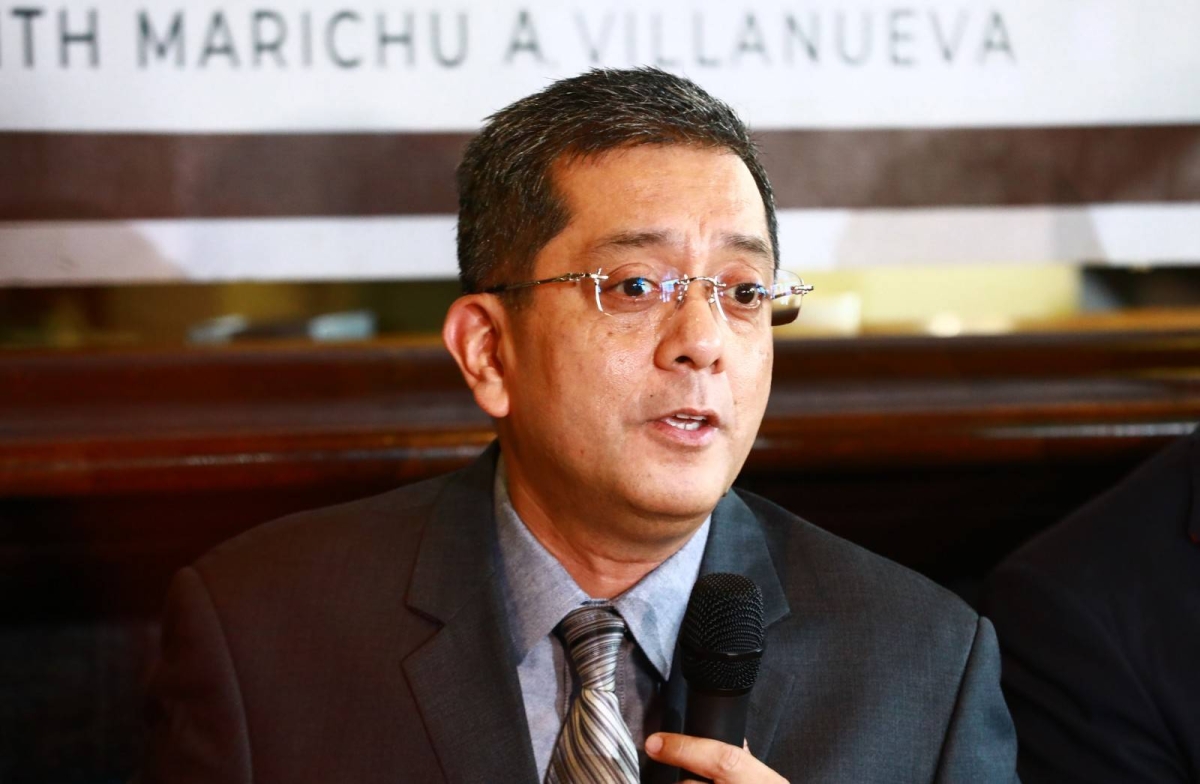Enhancing Transparency in Elections: Comelec’s Move to Open Source Code Review
For the first time in the history of elections in the country, the Commission on Elections (Comelec) has taken a significant step towards ensuring transparency and accountability. Comelec has announced that it will make the source code of the voting software program available to the public for scrutiny and testing. This move aims to build trust in the customized automatic counting machines (ACMs) that will be utilized in the upcoming 2025 midterm polls.
A Breakthrough in Election Security
Chairman George Erwin Garcia recently shared that Miru Systems, a joint venture from South Korea, has agreed to open the source code review to the public. This decision demonstrates their confidence in the capabilities of their program. By allowing the public to scrutinize and test the source code, Comelec aims to ensure that the system is free from any malicious lines of code that could compromise the integrity of the elections.
The source code serves as an independent auditor, guaranteeing that the system operates securely and transparently. It is the human-readable version of the election management system (EMS) specifically customized for Philippine elections. This version will be installed in the ACMs, which play a crucial role in the voting process.
Ensuring a Smooth and Secure Election Process
The EMS is responsible for configuring the ACMs according to the specific requirements of each precinct. It determines essential details such as precinct numbers and the number of voters per precinct. By customizing the counting machines, Comelec can tailor the election process to meet the unique needs of the Philippines.
Garcia emphasized that it will take approximately six months to customize the counting machines. Additionally, two months will be dedicated to completing the international certification for the system. Finally, one month will be allocated to reviewing the source code thoroughly. This meticulous approach ensures that every aspect of the process is carefully examined and validated.
In a further display of commitment to transparency, Miru Systems has also offered to install cameras in polling areas to monitor the voting process. This additional measure aims to provide an extra layer of assurance and accountability.
Investing in Election Infrastructure
Comelec awarded Miru Systems an P18 billion contract for the lease of 110 counting machines and other peripheral services required for the 2025 elections. The contract includes the provision of 104,345 ballot boxes, 2,200 servers/laptops and printers, as well as pens and ballot printing supplies. This comprehensive arrangement ensures that all necessary resources are available for a smooth and efficient voting process.
To address potential technical issues promptly, Comelec plans to set up 82 provincial repair hubs, with one hub designated for each province. This strategic approach will enable quick repairs without the need to transport the machines to Manila. By decentralizing repair services, Comelec ensures that any problems can be resolved swiftly, minimizing disruptions in the voting process.
Conclusion
Comelec’s decision to open the source code review to the public is a significant step towards enhancing transparency and accountability in the electoral process. By allowing the public to scrutinize and test the voting software program, Comelec aims to build trust and confidence in the automated counting machines. This move, coupled with the installation of cameras in polling areas, demonstrates a commitment to ensuring a secure and reliable voting process.
With the implementation of provincial repair hubs and the provision of necessary resources, Comelec is taking proactive measures to address any potential technical issues swiftly. By investing in robust election infrastructure, Comelec aims to create an environment where citizens can exercise their right to vote with confidence and trust in the system.
Source: The Manila Times








